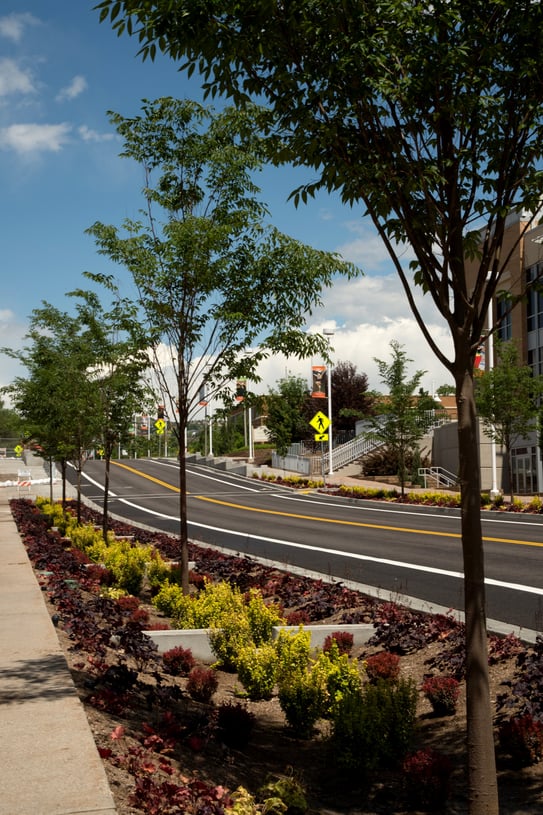
Southeast Idaho is known for its stunning landscapes and natural beauty. However, the region also faces the challenges of periodic droughts, making it essential for residents to adopt sustainable landscaping practices. By incorporating drought-tolerant elements into your outdoor spaces, you can conserve water, reduce maintenance requirements, and still create a visually appealing environment. In this blog post, we will explore various strategies and plant options that can help you design a beautiful and resilient drought-tolerant landscape in Southeast Idaho.
Understand Your Climate
Before diving into the specifics of drought-tolerant landscaping, it's crucial to understand the climate and weather patterns in Southeast Idaho. The region experiences a semi-arid continental climate, characterized by hot summers, cold winters, and limited precipitation. This information will guide your plant selection and irrigation strategies.
Soil Preparation
Preparing your soil properly is essential for ensuring the success of your drought-tolerant landscape. Amend the soil with organic matter such as compost to improve water retention and nutrient availability. Loosening compacted soil will also promote better water infiltration.
Water-Efficient Irrigation
To conserve water, consider incorporating water-efficient irrigation systems into your landscape design. Drip irrigation or soaker hoses deliver water directly to the plant's root zone, minimizing evaporation and runoff. Additionally, installing a rainwater harvesting system can help you collect and utilize rainwater for irrigation purposes.
Selecting Drought-Tolerant PlantsChoosing the right plants for your Southeast Idaho landscape is critical for achieving a beautiful and sustainable result. Here are some drought-tolerant plant options that thrive in the region:
a. Native Plants: Opt for native species as they have adapted to the local climate and soil conditions. Examples include sagebrush (Artemisia tridentata), yarrow (Achillea millefolium), and penstemon (Penstemon spp.).
b. Ornamental Grasses: Grasses such as blue grama (Bouteloua gracilis) and feather reed grass (Calamagrostis acutiflora) are resilient, require minimal water, and add texture and movement to your landscape.
c. Succulents and Cacti: Incorporate succulents like sedum and hens-and-chicks (Sempervivum spp.) as well as cold-hardy cacti such as Opuntia species to create a unique and low-maintenance focal point.
d. Shrubs: Choose drought-tolerant shrubs like Russian sage (Perovskia atriplicifolia), serviceberry (Amelanchier spp.), and potentilla (Potentilla fruticosa) for color, texture, and interest.
Efficient Landscaping Design
Consider implementing smart design principles to maximize water efficiency and minimize maintenance. Some ideas include grouping plants with similar water needs together, utilizing mulch to reduce evaporation and weed growth, and creating strategic shade with trees or structures to reduce water loss.
Mulching and Soil Protection
Apply a layer of organic mulch, such as wood chips or bark, around your plants. Mulching helps retain soil moisture, suppress weeds, and regulate soil temperature. Additionally, it prevents erosion and improves overall soil health.
Proper Maintenance
Even drought-tolerant landscapes require some maintenance. Prune and remove dead plant material regularly, adjust irrigation schedules as per the changing seasons, and monitor for pests or diseases. Regular maintenance will help your landscape flourish while using water efficiently.
Designing a drought-tolerant landscape in Southeast Idaho is an environmentally responsible choice that can significantly reduce water consumption while maintaining the region's natural beauty.
This blog was written with the help of ChatGPT.

-1.png)
